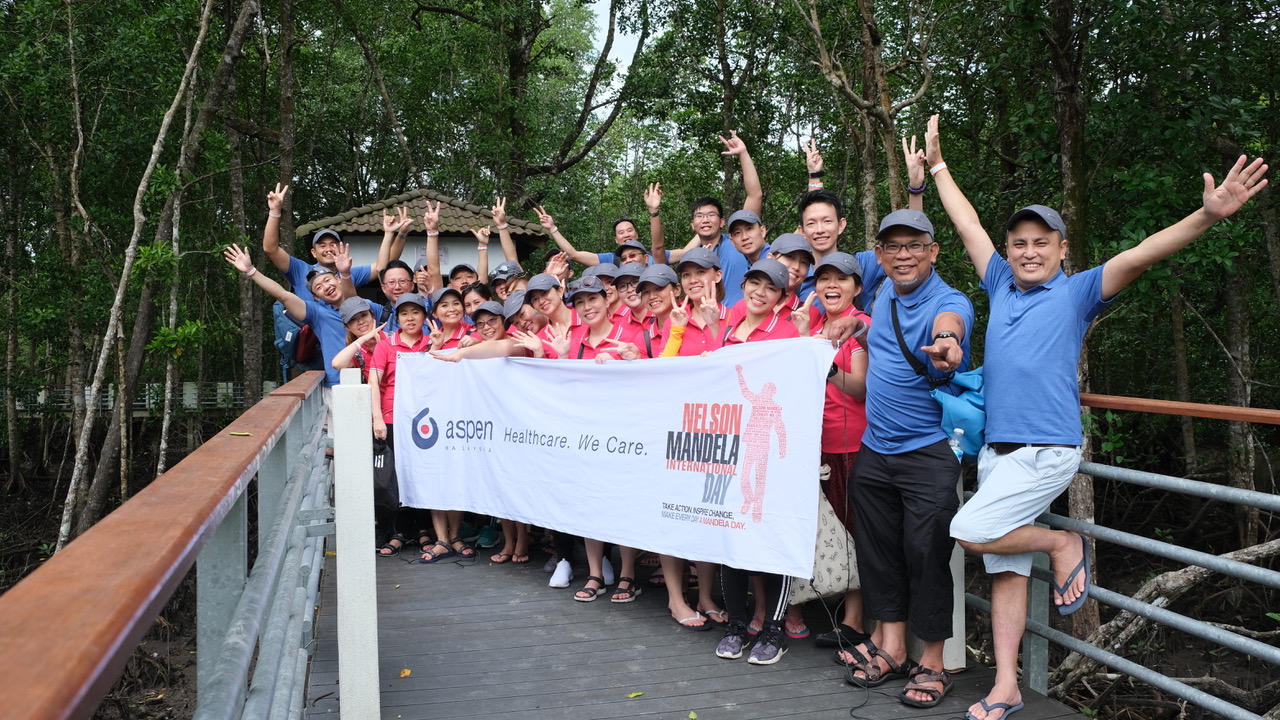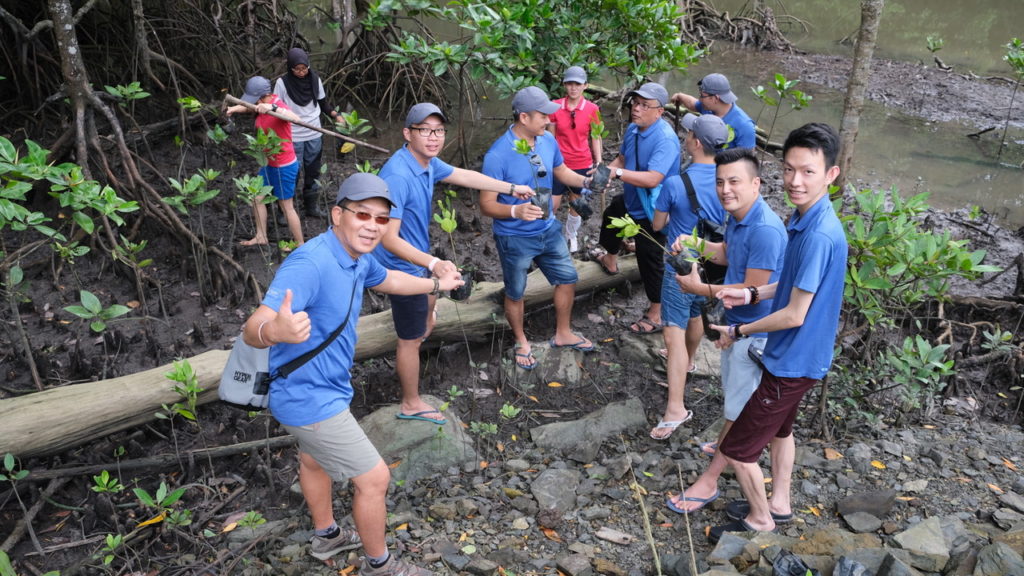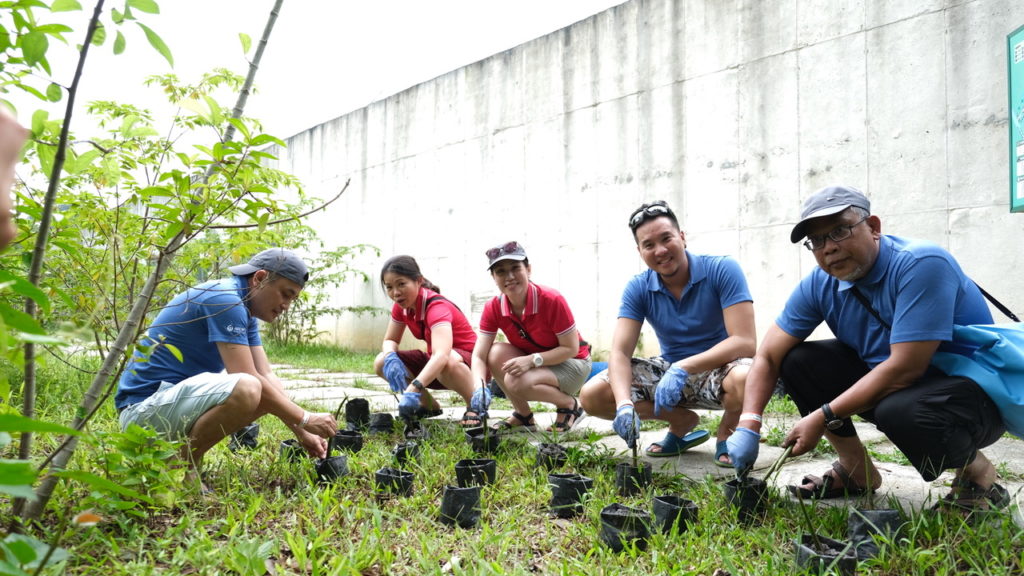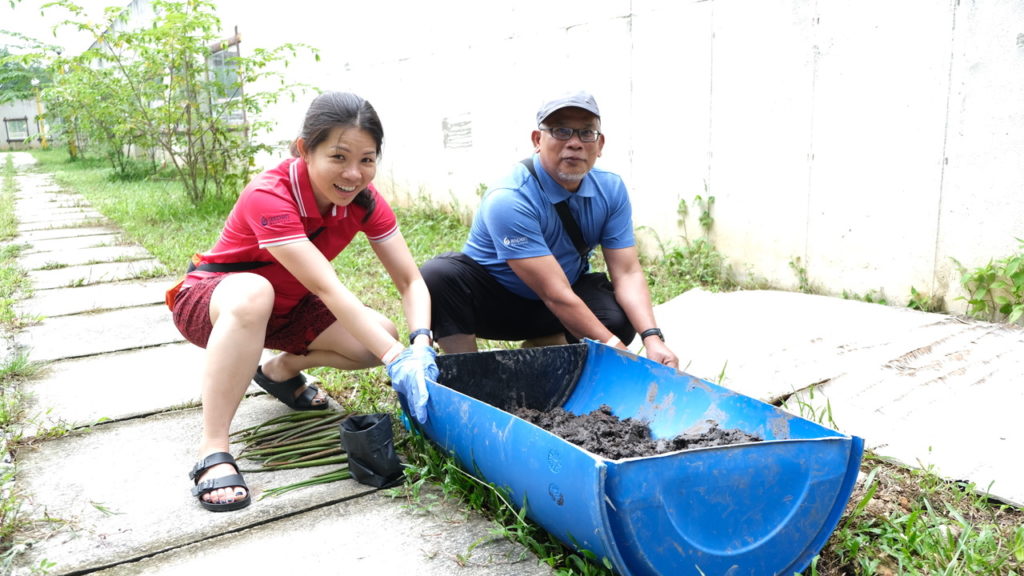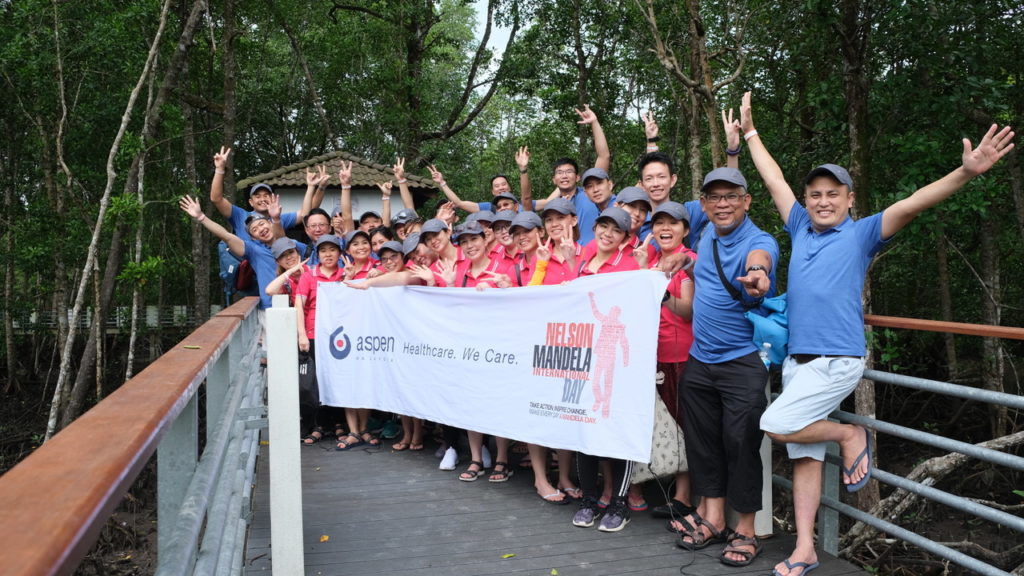Malaysia
Planting mangroves to supplement Malaysia’s ecosystem
Malaysia’s people and its environment are being threatened by deforestation. On 26 June 2019, Aspen Malaysia’s team engaged in mangrove planting activities to create increased awareness about the importance of mangrove habitats in relation to the survival of many sea creatures and the livelihood of the country’s citizens. These actions will, with time, contribute toward the mangrove ecosystem that is critical in sustaining aquatic resources.
Mangroves comprise less than 2% of the total land area in Malaysia. There are 641,886 hectares of mangrove forests in Malaysia, of which 57% are found in Sabah and 26% in Sarawak and the remaining 17% in Peninsular Malaysia. Of the total, 441,092 hectares or 69% have been gazetted as forest reserves. Currently, there are 112 mangrove forest reserves in the country. These reserves form part of the country’s Permanent Forest Reserve (PFE), which is managed sustainably for both production and protection by the Forestry Department.
Langkawi started as a fishing village until its revelation as a UNESCO Geopark. UNESCO endorsed Langkawi as the 52nd Global Geopark on 1st June 2007, making it the first geopark in Malaysia and the South East Asia region. This endorsement was given due to its significant geoheritage features such as landscapes, caves sea arches and sea stacks, dropstones, fossil and local community involvement. Mangrove habitats and ecosystems store and cycle nutrients, filter pollutants, protect shorelines from erosion and storms, and play a vital role in modulating climate as they are a major carbon sink and oxygen source.
While it is recognized that the mangrove ecosystem plays an important role in sustaining aquatic resources, it may not be pragmatic to advocate a no-use policy to prevent the loss of this important habitat. It may not be realistic to put a total ban on aquaculture in the mangroves. It is more realistic to advocate sustainable practices that are not harmful to the environment.
